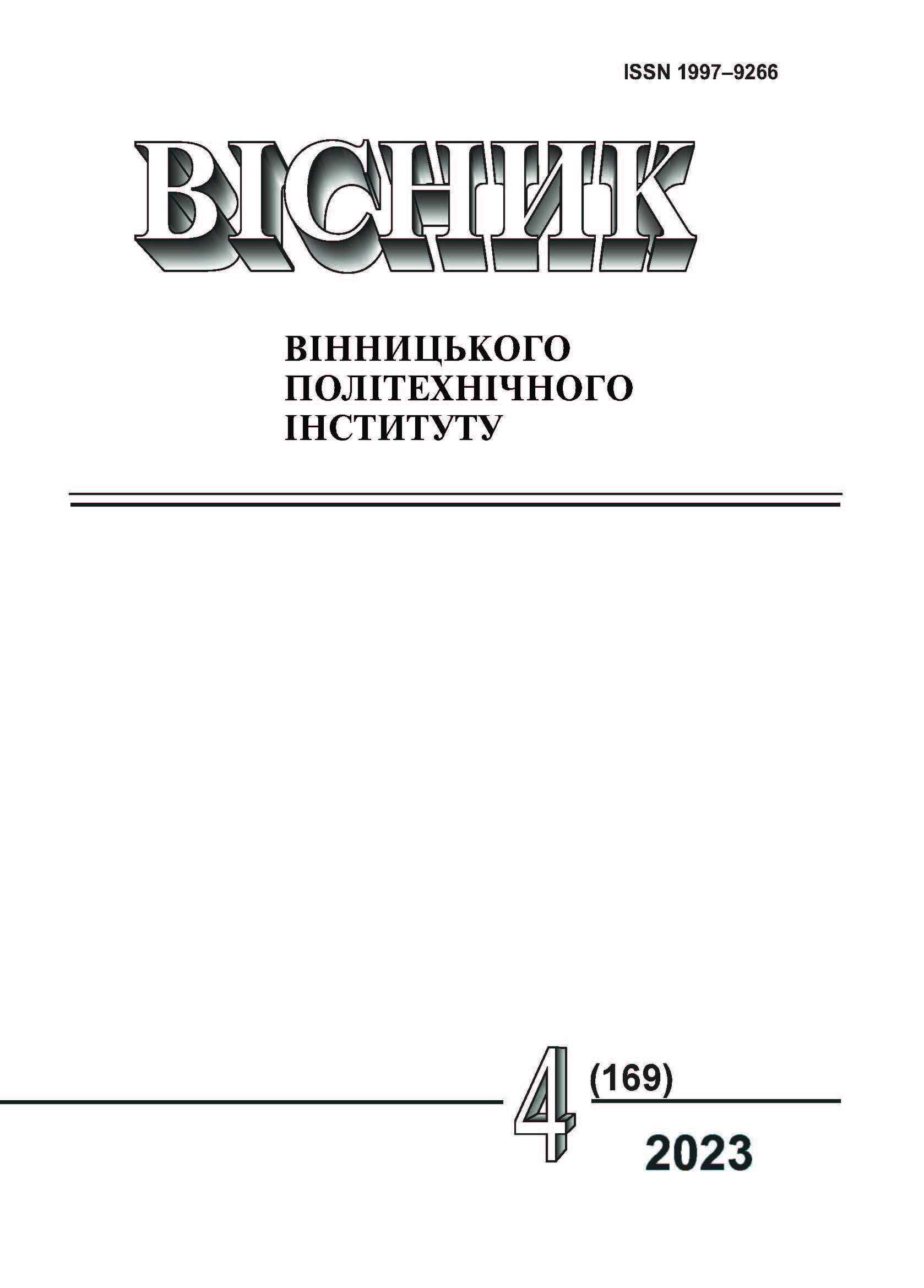Mathematical Model for the Development of Automatic Control Systems of Column-Type Dryers
DOI:
https://doi.org/10.31649/1997-9266-2023-169-4-33-38Keywords:
drying, mathematical model, differential equations, automatic control, efficiency of the drying process, column dryersAbstract
It is shown that known mathematical models, constructed for the description of the processes in column-type dryers, contain variable coefficients that are difficult to identify and classical physical quantities that are difficult to measure, require time-consuming experimental studies, and linear models of the drying process, which are based on the use of linear functions of the specific flow rarely ensure compliance with a full-scale experiment, therefore the use of these models for the purpose of automatic control of the heat-humidity modes of operation of column dryer is quite difficult.
The authors proposed a mathematical model that reproduces the following modes of drying in the column of a convective dryer: the traditional mode in which the temperature of the grain increases smoothly and monotonically, and the humidity decreases; a mode that implements almost horizontal section on the temperature dependence in the zone with a constant rate of moisture removal; modes in column dryers with a dense moving layer of raw materials, in which temperature fluctuations occur on the grain heating temperature curve in the zone of the maximum rate of moisture removal, as well as a mode with a “fall” in temperature and humidity due to the cessation of heat supply and seed dehumidification. Numerical experiment was conducted, using the suggested mathematical model, temperature curves were constructed their character coincides with the results of experimental studies. The results of the numerical experiment showed that the model reproduces both theoretically and practically possible drying modes, therefore it is physically correct, flexible, has a low sensitivity to a small variation of parameters, that is, it is rough and at the same time mathematically correct. The mathematical model can be used for various grain dryers that implement the convection drying method in a dense moving layer. The model coefficients are constant and relatively easy to determine, and the model coefficients can be measured with an accuracy acceptable for practical purposes. The simplicity of the mathematical model and its correspondence to real processes make it possible to use it for tasks of automatic control of drying processes in column-type grain dryers with a dense moving layer of raw materials.
References
Р. В. Захарченко, «Автоматизована система керування процесом сушіння зернових культур.» дис. канд. техн. наук., Центральноукр. нац. техн. ун-т, Кропивницький, 2019.
K. A. Jimoh, et al., “Recent Advances in the Drying Process of Grains,” Food Engineering Reviews, January. 2023. https://doi.org/10.1007/s12393-023-09333-7 .
R. Myhan, et al., “Mathematical Model ofthe Grain Drying Process,” Processes, no. 10, 2022. https://doi.org/10.3390/pr10122749 .
B. Hayvas, et al., “On methods of mathematical modeling of drying dispersed materials,” Mathematical modeling and computing, vol. 4, no. 2, pp. 139-147, 2017. https://doi.org/10.23939/mmc2017.02.139 .
В. М. Пазюк, «Сучасні підходи до вирішення проблеми підвищення енергоефективності сушіння насіннєвого зерна,» Відновлювана енергетика, № 4, с. 90-99, 2021.
Л. К. Овсянникова, «Особливості технології післязбиральної обробки дрібнонасіннєвих культур,» Зернові продукти і комбікорми, № 17, с. 11-20, 2017.
Downloads
-
PDF (Українська)
Downloads: 61
Published
How to Cite
Issue
Section
License

This work is licensed under a Creative Commons Attribution 4.0 International License.
Authors who publish with this journal agree to the following terms:
- Authors retain copyright and grant the journal right of first publication.
- Authors are able to enter into separate, additional contractual arrangements for the non-exclusive distribution of the journal's published version of the work (e.g., post it to an institutional repository or publish it in a book), with an acknowledgment of its initial publication in this journal.
- Authors are permitted and encouraged to post their work online (e.g., in institutional repositories or on their website) prior to and during the submission process, as it can lead to productive exchanges, as well as earlier and greater citation of published work (See The Effect of Open Access).





